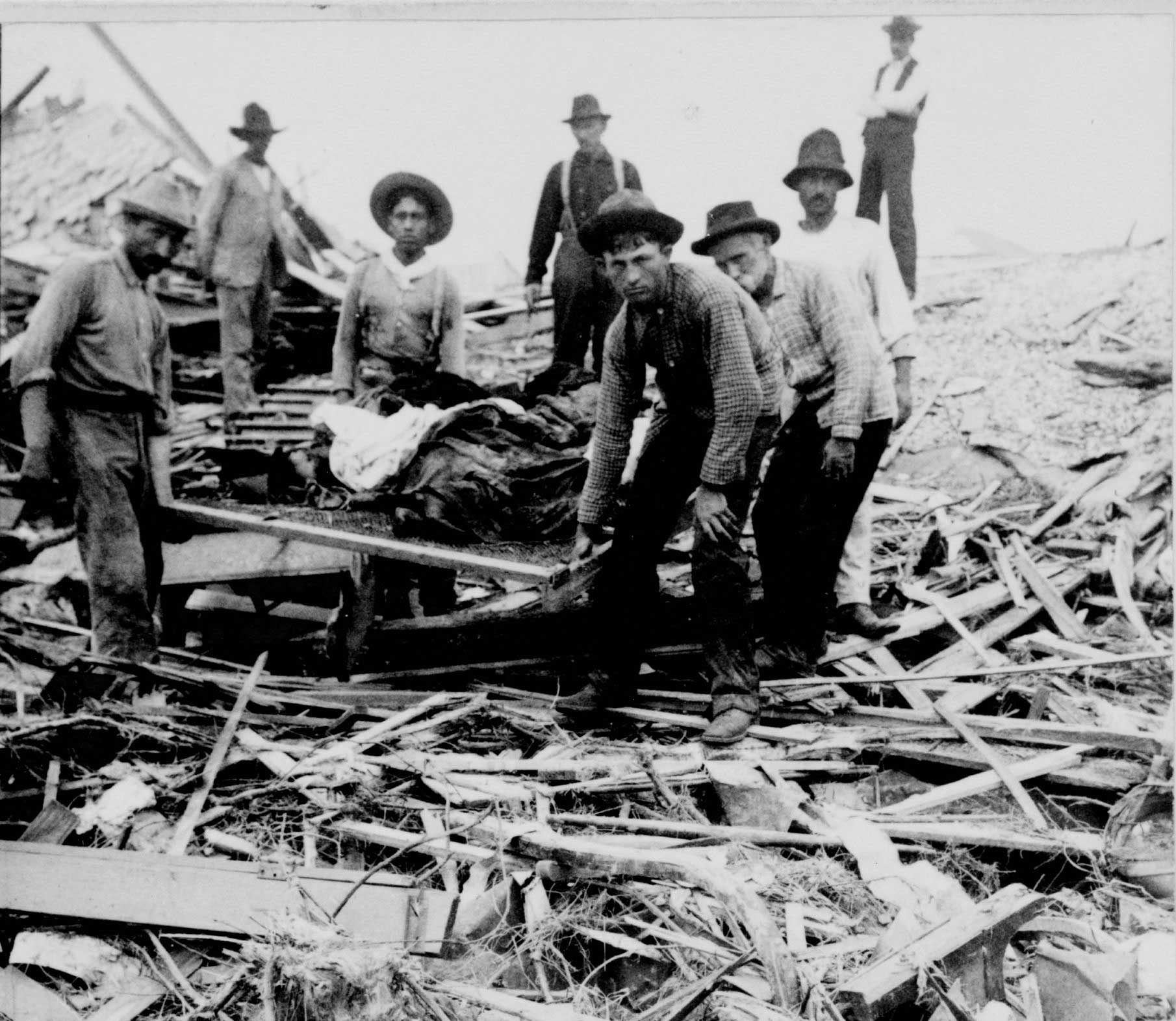Joanne Simpson, Hurricane Research
The “mother” of modern research on tropical clouds helped bring about major improvements in weather prediction.
In early September 1900, a tropical storm crossed Cuba, its precise location and intensity largely unknown to weather services, and intensified over the warm waters of the Gulf of Mexico. It smashed into the Texas coast as a Category 4 hurricane, destroying the low-lying town of Galveston with a 12-foot storm surge. An estimated 8,000 people died.

One of the leaders in the effort to better understand how hurricanes worked was the pioneer meteorologist Joanne Simpson. In 1979, NASA named her to lead its Severe Storms Branch, where her research focused on convective cloud systems and tropical cyclones using advanced numerical models and observations. Joanne was instrumental in breaking barriers for women in field programs. While at Woods Hole in the 1950s, she had developed the first numerical model of a cloud, which was developed and validated using data from instruments on a Navy patrol bomber (PBY) aircraft. Although the Navy did not want her to fly on the airplane, the Woods Hole director and the Office of Naval Research said that they didn’t want the airplane if she did not fly on it.
In 1986, NASA asked Joanne to lead the study for the Tropical Rainfall Measuring Mission (TRMM), a joint program with Japan. A satellite would carry the first spaceborne rain radar and a passive microwave system to accurately measure rainfall across the tropics. In 1987 Simpson became the project scientist for TRMM, bringing it from concept to reality. No longer was there any doubt that a woman could handle a job of this magnitude.
TRMM greatly advanced the understanding of distribution of tropical rainfall and its relation to global water and energy cycles. It became the primary satellite in a system of research and operational satellites used for analyzing precipitation characteristics on timescales from three hours to interannually and beyond. In particular, it was used operationally to monitor convective systems and tropical cyclones. One cannot imagine the many Eureka moments of discovery that TRMM has yielded. Simpson often stated that TRMM was the most important accomplishment of her career. Simpson has won many awards from NASA, the American Meteorological Society, the U.S. Department of Commerce, and others. She was elected a fellow of the American Geophysical Union (1994), the National Academy of Engineering (1988), and the American Academy of Arts and Sciences in 2006. In addition to her distinguished scientific career, Simpson is known for lowering the barriers for future generations of women. She was instrumental in enabling women to participate in field programs. She demonstrated to younger women that it was possible to succeed in the field. She spoke out in favor of opportunities for women, but picked her battles wisely. She backed up her talk by providing qualified women with a chance to succeed by hiring them, suggesting them to colleagues seeking new hires or collaborators, and choosing them for volunteer jobs in the American Meteorological Society. She was a valued mentor not only to women but also to men, both younger and older.
Any tribute to Joanne Simpson must acknowledge Bob, her husband of 45 years. He was the first director of the Hurricane Research Project and co-author of the Saffir-Simpson hurricane intensity scale so widely used today. Much of Joanne’s work was stimulated by discussions with Bob.
Portions of this essay appeared in “JOANNE SIMPSON,” National Academy of Engineering. 2011. Memorial Tributes: Volume 15. Washington, D.C.: The National Academies Press.






